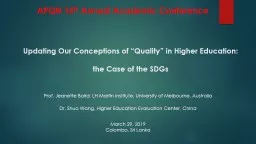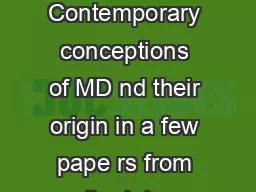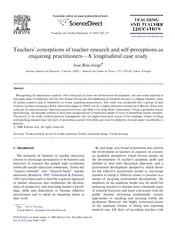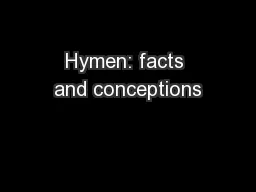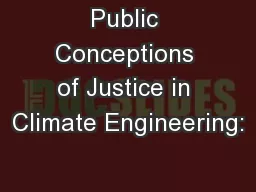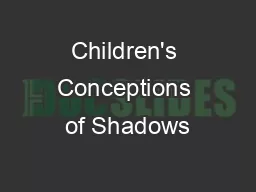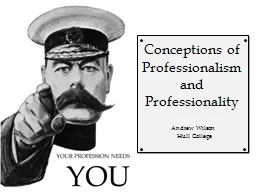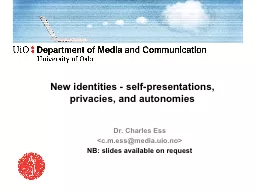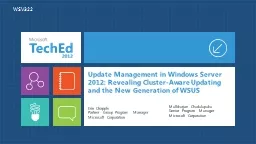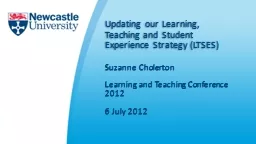PPT-Updating Our Conceptions
Author : dudeja | Published Date : 2020-08-29
of Quality in Higher Education the C ase of the SDGs Prof Jeanette Baird LH Martin Institute University of Melbourne Australia Dr Shuo Wang Higher Education
Presentation Embed Code
Download Presentation
Download Presentation The PPT/PDF document "Updating Our Conceptions" is the property of its rightful owner. Permission is granted to download and print the materials on this website for personal, non-commercial use only, and to display it on your personal computer provided you do not modify the materials and that you retain all copyright notices contained in the materials. By downloading content from our website, you accept the terms of this agreement.
Updating Our Conceptions: Transcript
Download Rules Of Document
"Updating Our Conceptions"The content belongs to its owner. You may download and print it for personal use, without modification, and keep all copyright notices. By downloading, you agree to these terms.
Related Documents

